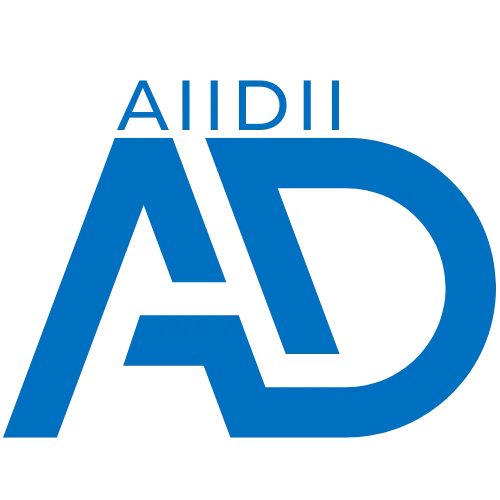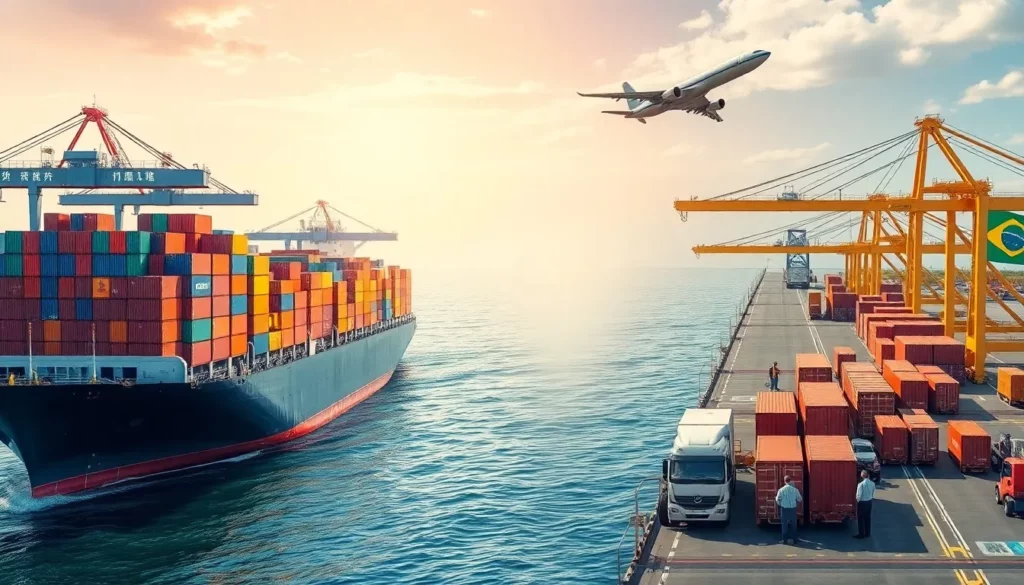This guide walks you through how a seasoned China-based logistics provider manages customs clearance, optimizes shipping routes, and mitigates risks—saving your time and money on every shipment. With over 20 years in premium freight forwarding at AIIDII, I’ve seen how the right partner makes all the difference.
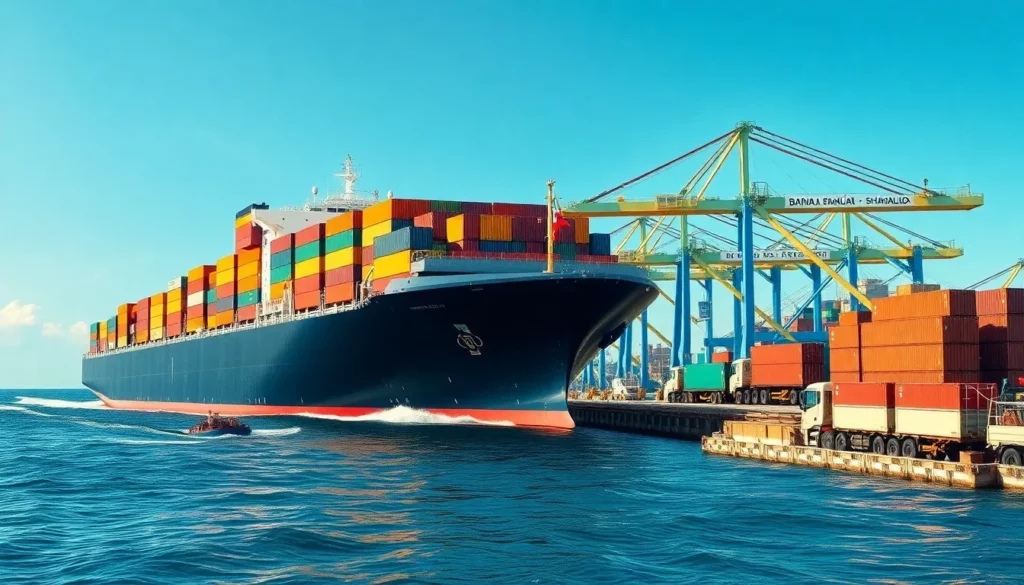
Shipping Methods
Sea Freight: The Cost-Effective Choice for Brazil-China Trade
For businesses importing from China to Brazil, sea freight is often the most budget-friendly option. A 20-foot container typically costs $3,050–$4,550, while a 40-foot container ranges from $4,050–$5,550. As of June 2025, 40-foot container rates to major Brazilian ports average around $2,800.
Full Container Load (FCL): Ideal for Large Retailers and Manufacturers
With FCL, you get exclusive use of a container for your goods. It’s a smart choice if your cargo fills at least half a container—think 10 standard pallets for a 20-foot container or 22 for a 40-foot one. FCL offers predictable transit times and enhanced security since your shipment doesn’t mix with others.
For example, a Brazilian retailer importing electronics might choose FCL to protect high-value goods and streamline delivery.
- Benefits:
- Dedicated container space
- Consistent transit times
- Higher security for your cargo
- Best for: Large-volume importers like manufacturers or retailers
Less than Container Load (LCL): Flexible for SMEs and E-commerce
LCL lets you share container space, paying only for the volume your goods occupy. It’s cost-effective for smaller shipments, typically six or fewer pallets. While LCL involves extra consolidation steps that may extend transit times, it’s perfect for businesses with limited cargo. For instance, an e-commerce brand shipping 200kg of apparel might opt for LCL to keep costs low.
- Benefits:
- Cost-effective for small volumes
- Flexible for businesses with variable shipment sizes
- Drawbacks: Longer transit due to consolidation
- Best for: SMEs and e-commerce businesses
Key Ocean Freight Routes and Major Ports
Your shipments will likely depart from Chinese ports like Shanghai, Ningbo, Shenzhen, Guangzhou, or Qingdao, arriving at Brazilian hubs like Santos, Paranaguá, Rio de Janeiro, or Itajaí. Santos, Brazil’s largest container port, handles everything from cars to consumer goods, while Paranaguá excels in agricultural exports with advanced grain facilities.
- Major Chinese ports: Shanghai, Ningbo, Shenzhen, Guangzhou, Qingdao
- Major Brazilian ports: Santos, Paranaguá, Rio de Janeiro, Itajaí
Average Transit Times for Sea Freight
Expect sea freight from China to Brazil to take 29–35 days, depending on the route and port. For example, Shanghai to Santos averages 45 days and 10 hours, while Shanghai to Paranaguá takes about 45 days and 6 hours.
Important warnings: Port congestion, weather, or seasonal traffic can delay schedules, so plan for flexibility.
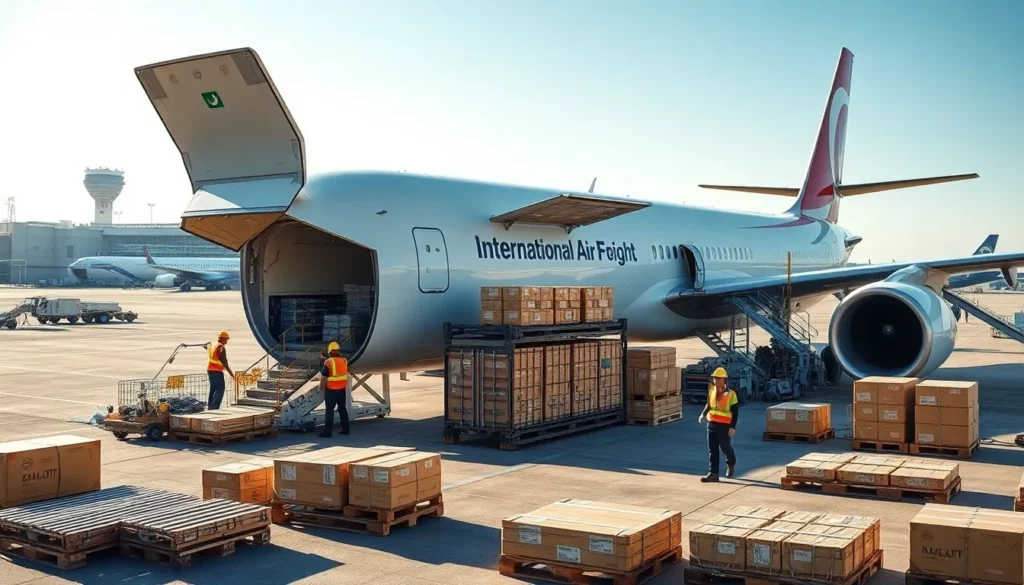
Air Freight: Speed for High-Value Goods
For time-sensitive shipments, air freight delivers in just 3–7 days. Current rates to São Paulo’s Guarulhos (GRU) airport average $6.4 per kilogram for shipments over 1,000 kg, making it ideal for high-value or perishable goods.
Standard vs. Express Air Freight: Cost and Speed Breakdown
| Service Type | Transit Time | Cost Range | Best For |
|---|---|---|---|
| Standard Air | 4–6 days | $6.4/kg | Regular shipments |
| Express Air | 3–4 days | Higher rates | Urgent deliveries |
Air freight costs 4–5 times more than sea freight but offers unmatched speed. It’s perfect for perishables, pharmaceuticals, or electronics. For example, a Brazilian startup rushing medical supplies might choose express air to meet urgent demand.
- Best for: Fashion, luxury goods, automotive parts, medical supplies
Key takeaways: Air freight’s speed justifies its cost for high-value, time-critical cargo.
When to Choose Air Freight
Opt for air freight when speed is critical or your goods have a high value-to-weight ratio. Stricter airport regulations enhance security, making it suitable for sensitive cargo like luxury accessories.
Tips: If you’re a startup shipping small batches of high-end products, air freight ensures fast market entry.
Major Air Cargo Routes and Airports
Shipments typically depart from Chinese airports like Shanghai Pudong (PVG), Beijing Capital, Guangzhou Baiyun, or Shenzhen Bao’an, landing at São Paulo Guarulhos (GRU), with additional options at Rio de Janeiro or Campinas. Flights from China to São Paulo take about 21–22 hours.
Calculating Volumetric Weight vs. Actual Weight
Air freight pricing uses the higher of actual weight or volumetric weight (length × width × height in cm ÷ 6,000).
Best practices: Optimize packaging to reduce volumetric weight—compact, dense shipments save costs, while bulky items may incur higher charges.
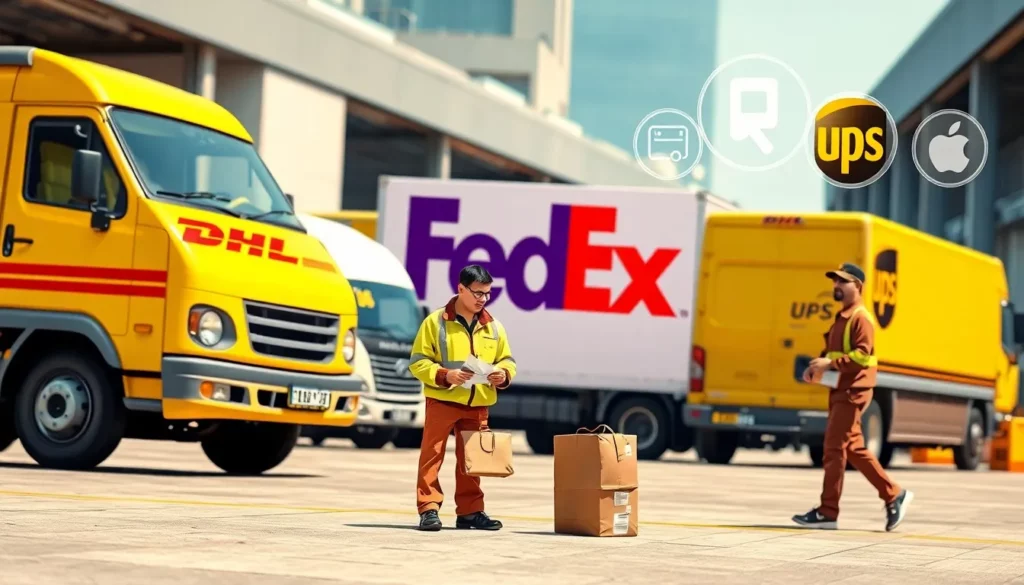
Express Courier Services (DHL, FedEx, UPS)
Express couriers like DHL, FedEx, and UPS offer door-to-door solutions with all-inclusive pricing, ideal for small, urgent shipments.
Ideal Use Cases: Samples, Documents, and E-commerce
Express services shine for packages under 70kg, such as product samples, urgent documents, or small e-commerce orders. They include pickup, delivery, and tracking, simplifying logistics. For example, a Brazilian importer sending prototype samples to a supplier might use FedEx for speed and reliability.
- Best for: Small shipments, documents, e-commerce
- Benefits: All-inclusive pricing, real-time tracking
Understanding All-in-One Costs
Express rates start at $5–10 per kilogram, covering handling, customs clearance, and delivery. Prepaid tax options reduce customs delays by handling duties upfront.
Tips: Request detailed quotes to confirm all fees are included.
Limitations on Weight, Size, and Commodities
Express services cap packages at 70kg with size restrictions varying by carrier. Hazardous materials, liquids, and batteries face strict rules.
Important warnings: Always check commodity restrictions before booking to avoid delays or rejections.
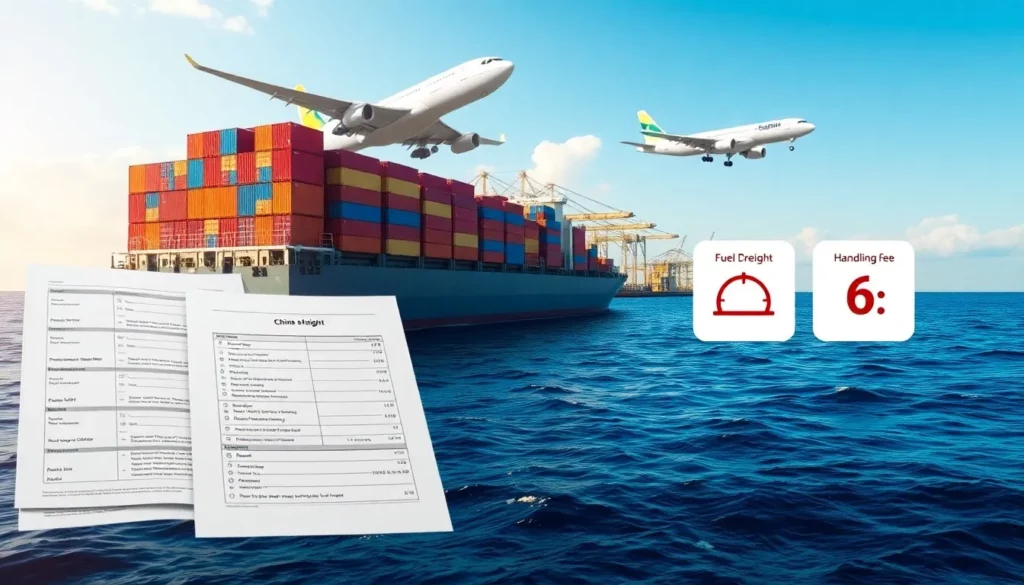
Shipping Costs from China to Brazil
Core Freight Charges
For 40-foot containers, ocean freight to Brazilian ports currently ranges around $2,800, though rates fluctuate with demand, fuel costs, and capacity.
Tips: Monitor seasonal trends to secure better rates.
Sea Freight Cost Components
Ocean freight includes the base rate plus surcharges:
- Bunker Adjustment Factor (BAF): Covers fuel price changes
- Terminal Handling Charges (THC): $150–300 per container for port operations
- Bill of Lading fees: $25–75
- Documentation fees: $50–100
- Container Seal fees: $15–25
Air Freight Cost Components
Air freight includes the base rate, fuel surcharges (15–25% of the base), and security and handling fees ($0.50–2.00 per kg).
Best practices: Compare total costs, not just base rates, to avoid surprises.
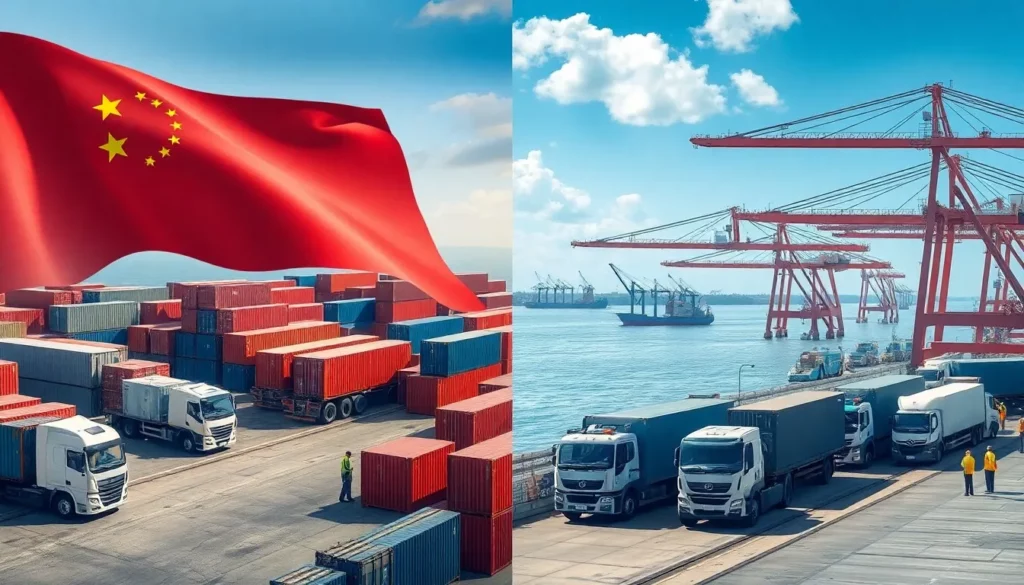
Origin and Destination Charges
Costs in China and Brazil add to your total expenses, from trucking to customs clearance.
China-Side Costs
- Domestic trucking: $200–800, depending on distance
- Export customs clearance: $100–200 per shipment
- Terminal Handling Charges: $150–300 per container
- Container Freight Station (CFS) fees: Apply for LCL consolidation
Important warnings: Incomplete export paperwork can delay shipments, so double-check documentation.
Brazil-Side Costs
- Terminal Handling Charges: $200–400 per container
- Port storage fees: $50–150/day after free time
- Last-mile delivery: $300–800, depending on distance
Tips: Plan for port storage to avoid costly demurrage fees.
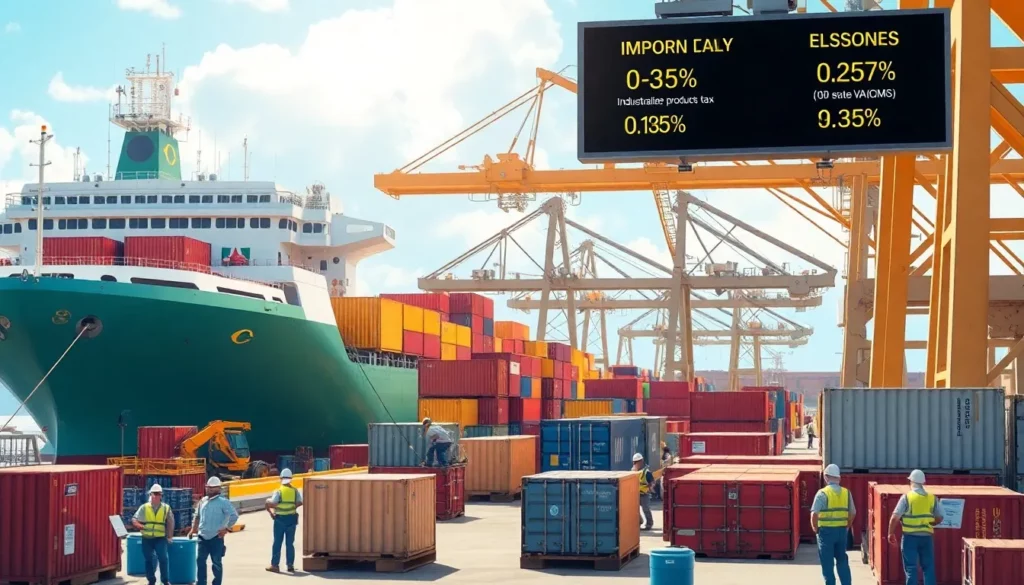
Brazilian Customs Duties, Taxes, and Fees
Brazil’s tax system is complex, with cascading taxes impacting your costs.
Import Duty (II – Imposto de Importação)
Calculated on the CIF value (Cost, Insurance, Freight), import duties range from 0–35% based on the Mercosur Common External Tariff. Essential goods often face lower rates, while luxury items carry higher duties.
Industrialized Products Tax (IPI)
IPI, a federal tax on manufactured goods, ranges from 0–15% and is calculated on the CIF value plus import duty. For example, importing electronics might incur a 10% IPI on top of duties.
Merchandise and Services Circulation Tax (ICMS)
ICMS, a state-level VAT, varies by state (e.g., 18% in São Paulo). It’s calculated on the CIF value plus import duty, IPI, and other taxes, significantly increasing costs.
Other Taxes (PIS/COFINS)
PIS and COFINS taxes total about 9.25% and are calculated on a base including other taxes. Additional fees like the AFRMM (Merchant Marine Renewal Tax) and SISCOMEX usage fees also apply.
Additional and Unexpected Costs
Cargo Insurance Premiums
Insurance costs 0.1–0.3% of the CIF value plus 10% for incidental expenses, covering loss or damage.
Best practices: Insure at 110% of CIF to account for freight and unexpected costs.
Demurrage and Detention Fees
Demurrage fees apply when containers stay at the port beyond free time (5–10 days), costing $50–150 daily. Detention fees arise if empty containers aren’t returned promptly.
Important warnings: Track free time to avoid these charges.
Customs Inspection Fees
Inspections, triggered by Brazil’s parameterization system, cost $200–500 per container. Red channel inspections involve physical checks, yellow requires document review, and green allows automatic clearance.
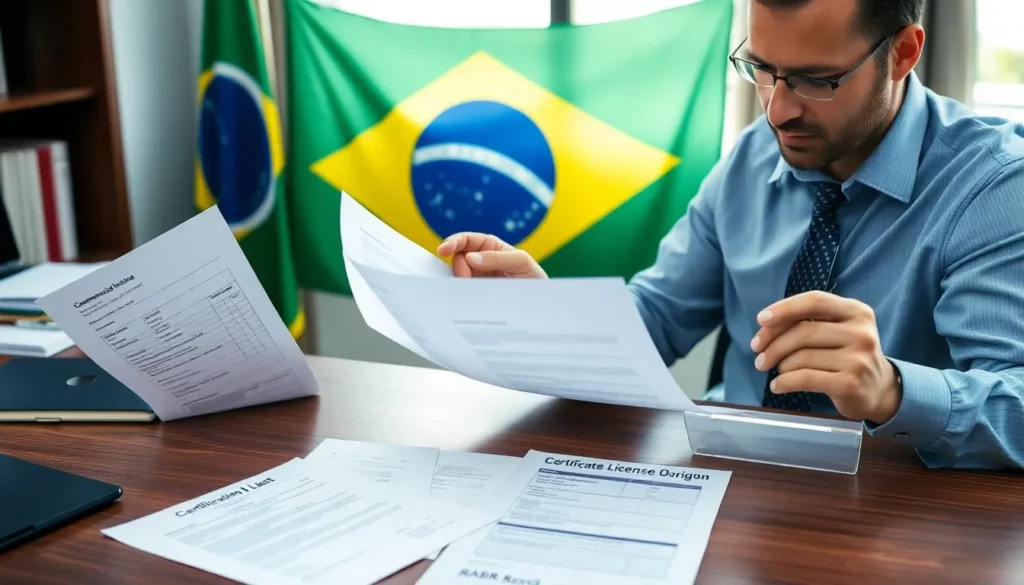
Brazil’s Customs and Import Regulations
Essential Documentation for Brazilian Customs
Accurate documentation is critical for smooth customs clearance. Thewomen
Essential Documentation for Brazilian Customs
Accurate documentation is critical for smooth customs clearance. The import declaration (DI) is the cornerstone of Brazil’s customs process.
Commercial Invoice
Your commercial invoice must detail product descriptions, values, and sale terms. While not always required, including a Portuguese translation can speed up processing.
Important warnings: Ensure invoice values match actual transaction prices to avoid customs scrutiny.
Bill of Lading (B/L) or Air Waybill (AWB)
The Bill of Lading (sea) or Air Waybill (air) proves ownership and outlines shipping terms. Verify consignee details and cargo accuracy, as original documents are typically required.
Packing List
Your packing list should specify quantities, weights, and dimensions, matching the commercial invoice exactly. Discrepancies can trigger delays or inspections.
Certificate of Origin
A Certificate of Origin may secure lower duties under Mercosur agreements. False declarations carry heavy penalties, so accuracy is key.
RADAR License
A RADAR license is mandatory for Brazilian imports, available only to Brazilian companies. Choose from Express ($50,000/semester), Limited ($150,000/semester), or Unlimited tiers based on your import volume.
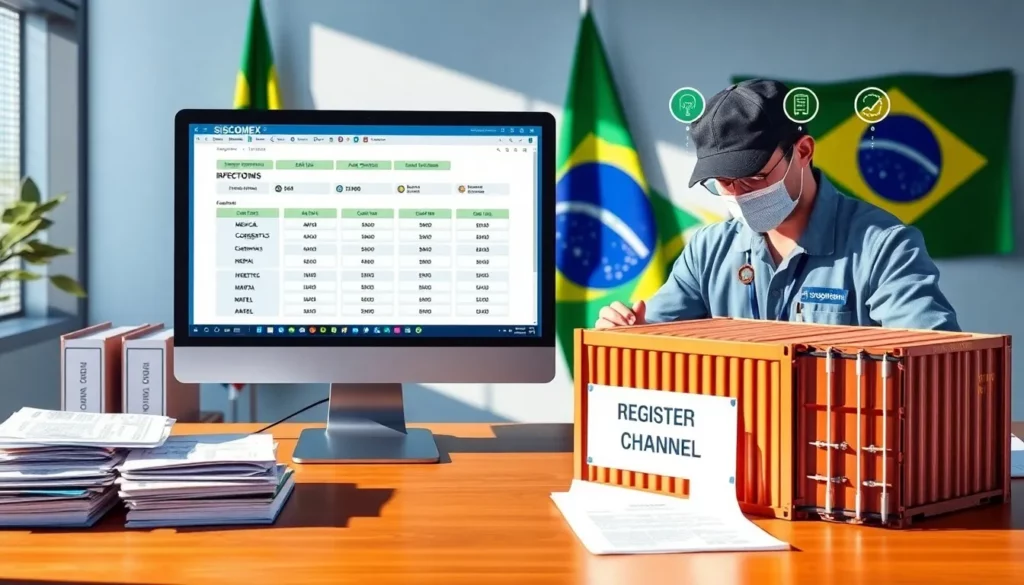
Understanding Brazil’s SISCOMEX System
SISCOMEX is Brazil’s centralized platform for managing trade operations, integrating customs, accounting, and fiscal data.
SISCOMEX’s Role in Import Declarations
SISCOMEX streamlines documentation, validates submissions, and supports electronic corrections. It determines clearance channels (green, yellow, or red) based on risk and compliance history.
Registering an Import Declaration (DI)
You must register the DI in SISCOMEX upon cargo arrival. The system assigns a clearance channel, impacting inspection requirements and processing time.
Prohibited and Restricted Items
Brazil strictly regulates items like medical devices, cosmetics, electronics, and food, requiring special licenses from agencies like ANVISA, INMETRO, or MAPA.
Restricted Goods Requiring Licenses
- ANVISA: Pharmaceuticals, medical devices, cosmetics
- INMETRO: Electrical/electronic products, automotive parts
- MAPA: Food and agricultural products
- ANATEL: Telecommunications equipment
Tips: Check your product’s NCM classification and secure licenses before shipment.
Verifying Import Restrictions
Confirm your product’s NCM code and consult regulatory agencies for requirements. Licenses must be in place before cargo arrives to avoid delays.
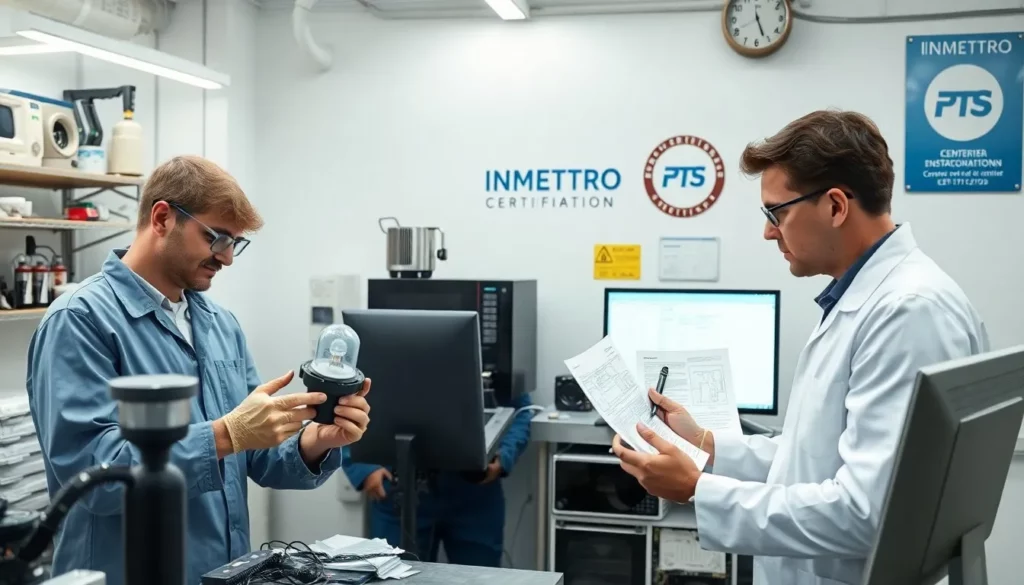
INMETRO Certification for Specific Products
INMETRO ensures safety and quality for products like electrical equipment and medical devices, requiring mandatory certification.
Products Requiring INMETRO Certification
Household appliances, automotive parts, and electronics need INMETRO approval for safety and performance standards. For example, a Brazilian importer of LED lights must secure INMETRO certification before distribution.
Obtaining Certification
Submit technical documents and test reports to INMETRO-accredited bodies. The process takes 2–6 months, with annual audits to maintain validity.
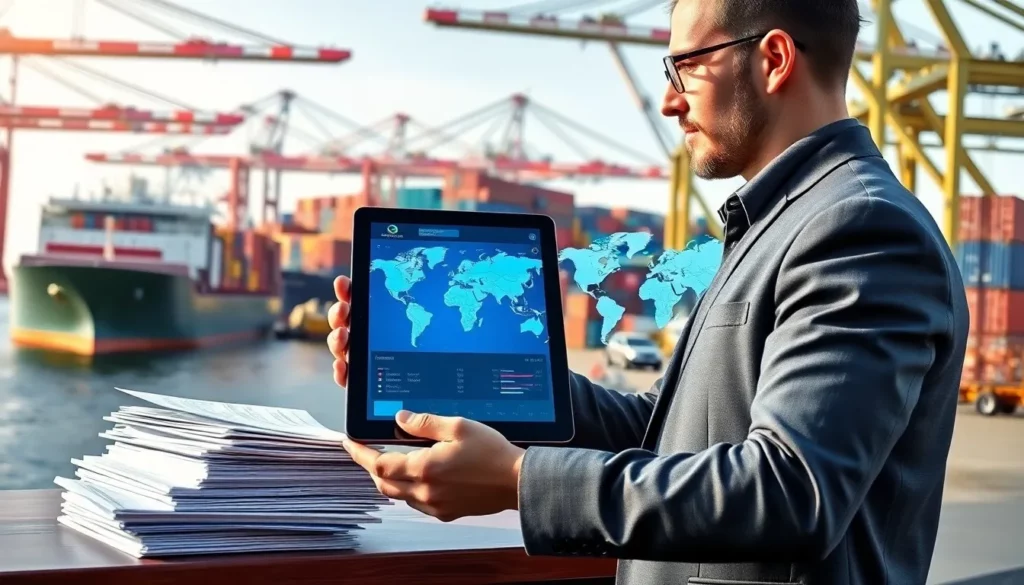
Key Logistical Considerations for Successful Shipments
Choosing the Right Incoterms
Incoterms® define buyer and seller responsibilities, impacting costs and risks.
Comparing Incoterms: Risks and Responsibilities
| Incoterm | Seller Responsibility | Buyer Responsibility | Risk Transfer Point |
|---|---|---|---|
| EXW | Goods at premises | All transport & customs | Seller’s premises |
| FOB | Delivery to ship | Sea freight & import | Ship’s rail |
| CIF | Sea freight & insurance | Import customs & inland | Ship’s rail |
| DAP | Delivery to destination | Import duties & taxes | Named destination |
| DDP | All costs including duties | Take delivery only | Final destination |
Important warnings: EXW and DDP can complicate Brazilian customs, as local entities must handle clearance.
Why FOB is Recommended for B2B Buyers
FOB balances cost and control, letting you negotiate freight rates and insurance. It aligns with Brazil’s customs rules, making it a practical choice for importers like you.
The Importance of Cargo Insurance
Carrier liability is limited ($500/package for sea, $20/kg for air), so comprehensive insurance is essential to cover theft, damage, or loss.
Carrier Liability vs. Comprehensive Insurance
Comprehensive insurance covers your cargo’s full value plus freight costs, including risks like theft or weather damage.
Best practices: Opt for all-risk coverage for high-value goods.
Calculating Insurance and Filing Claims
Insure at 110% of CIF value, with premiums at 0.1–0.3%. For claims, provide survey reports, photos, and documents, notifying insurers promptly upon damage.
Effective Shipment Tracking and Visibility
Modern freight forwarders offer real-time tracking via GPS and milestone updates, boosting supply chain transparency.
What Your Forwarder’s Tracking System Offers
Expect container location updates, vessel schedules, and customs status. Automated alerts flag delays, and document management stores key paperwork.
Proactive Communication Strategies
Set clear communication protocols with your forwarder for regular updates.
Tips: Use exception handling to address delays or customs issues swiftly.
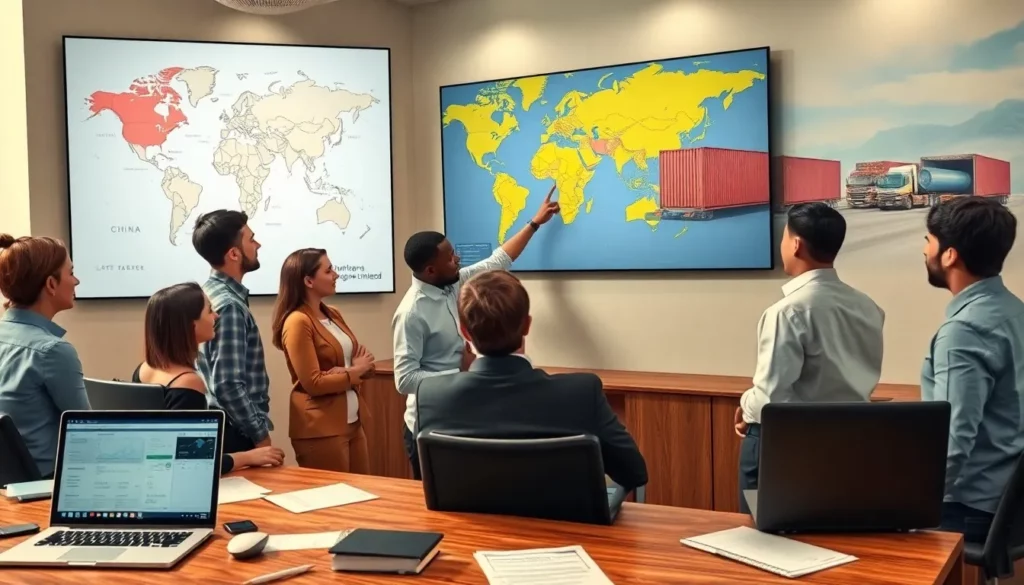
Selecting a Reliable Freight Forwarder for Brazil
Key Evaluation Criteria
Choose a forwarder with deep experience in the China-Brazil trade lane and a strong local network.
Experience in China-Brazil Trade
Look for a track record with your cargo type and volume. Request case studies showing successful shipments to Brazil.
Agent Network and Customs Brokerage
A robust network of Brazilian agents ensures local support. Verify customs brokerage capabilities for seamless clearance.
Service Offerings
Seek door-to-door, DDP, and warehousing services for flexibility. Value-added services like labeling enhance efficiency.
Client Testimonials
Request references from similar industries. Case studies should highlight cost savings and reliability.
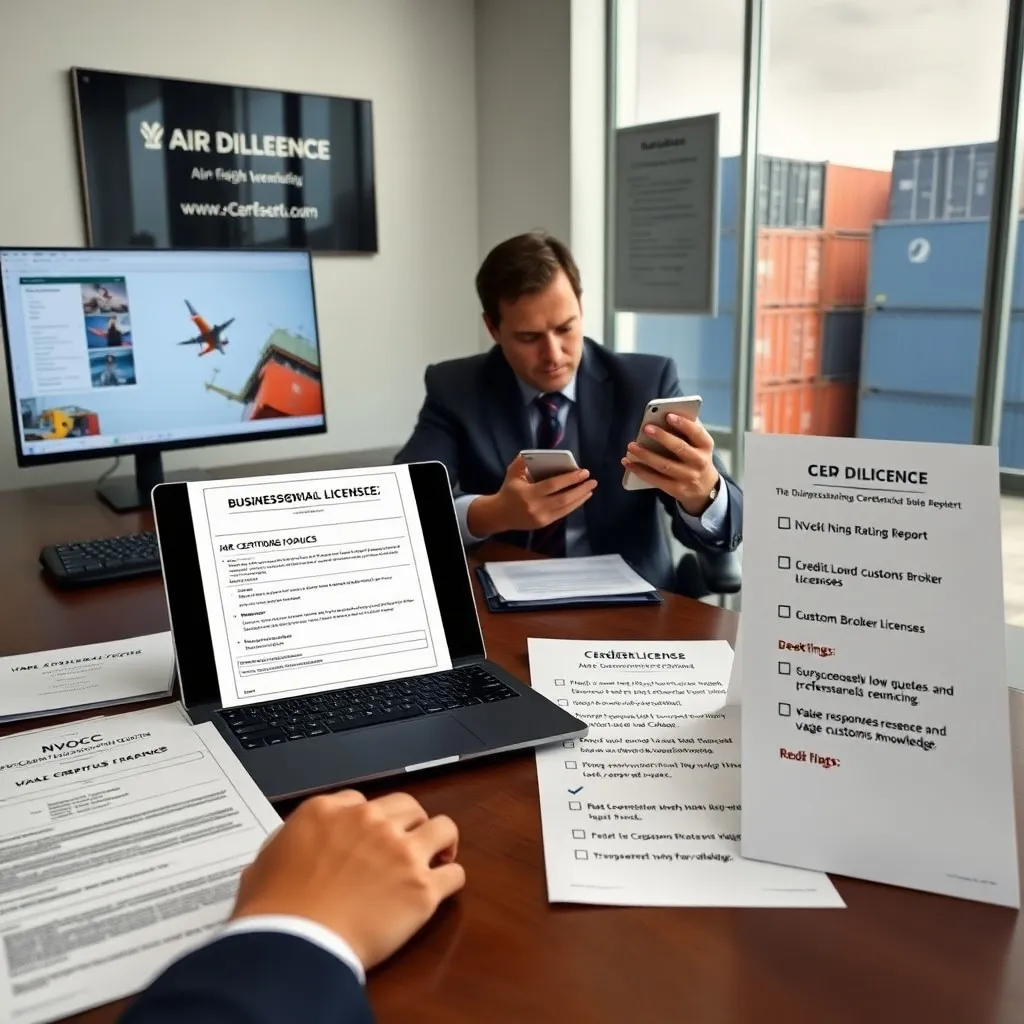
Due Diligence for Credentials
Verify business licenses, NVOCC status, and IATA certification for air freight. Ensure the forwarder has errors and omissions insurance.
Checking Licenses and Certifications
Confirm customs broker licenses and financial stability through credit ratings or references.
Assessing Communication
Fast responses and transparent pricing build trust. Access to key personnel signals strong service commitment.
Red Flags to Avoid
Suspiciously Low Quotes
Low quotes often exclude fees, inflating costs later.
Important warnings: Compare total landed costs, not just freight rates.
Lack of Professional Presence
A missing website or physical address raises concerns. Verify contact details and check online reviews.
Vague Customs Knowledge
Unclear answers about SISCOMEX or RADAR suggest inexperience. Demand detailed regulatory expertise.
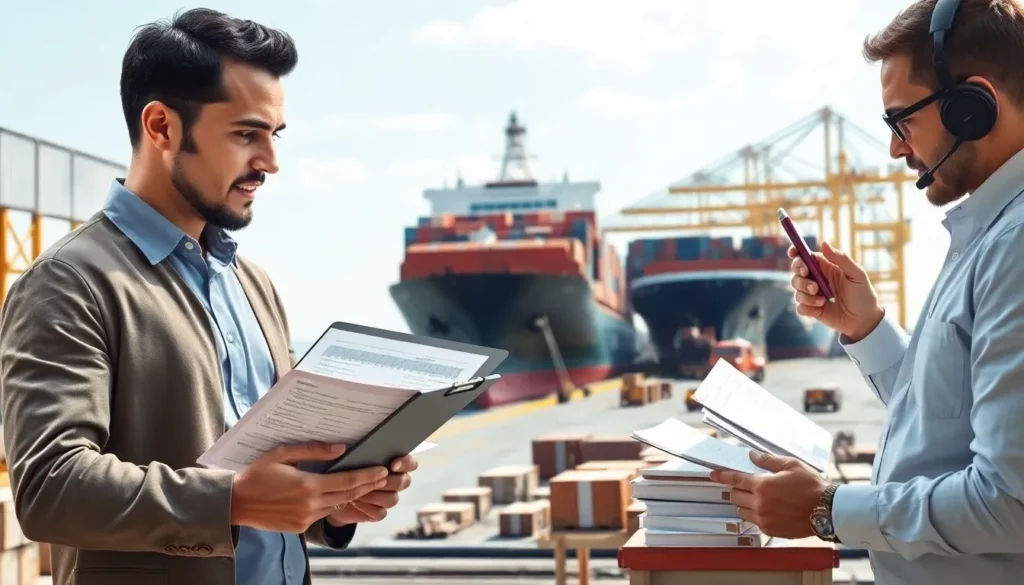
Step-by-Step Framework for Importing from China to Brazil
Stage 1: Pre-Shipment Planning
Verifying Supplier Readiness
Confirm your supplier’s production timelines and quality standards. Specify packaging and labeling requirements clearly.
Choosing Incoterms®
Select FOB for cost control and compliance with Brazilian customs. Avoid EXW or DDP to prevent regulatory issues.
Preparing Documentation
Ensure commercial invoices reflect true values and packing lists match exactly.
Best practices: Use precise product descriptions to avoid customs delays.
Stage 2: Booking Your Shipment
Requesting Freight Quotes
Provide detailed cargo specs and compare total landed costs across service levels.
Tips: Clarify included services in quotes.
Confirming Schedules
Verify vessel schedules and plan for potential delays. Set cutoff dates for cargo and documentation.
Arranging Pickup
Schedule pickups with clear instructions and verify export paperwork. Confirm inspection protocols if needed.
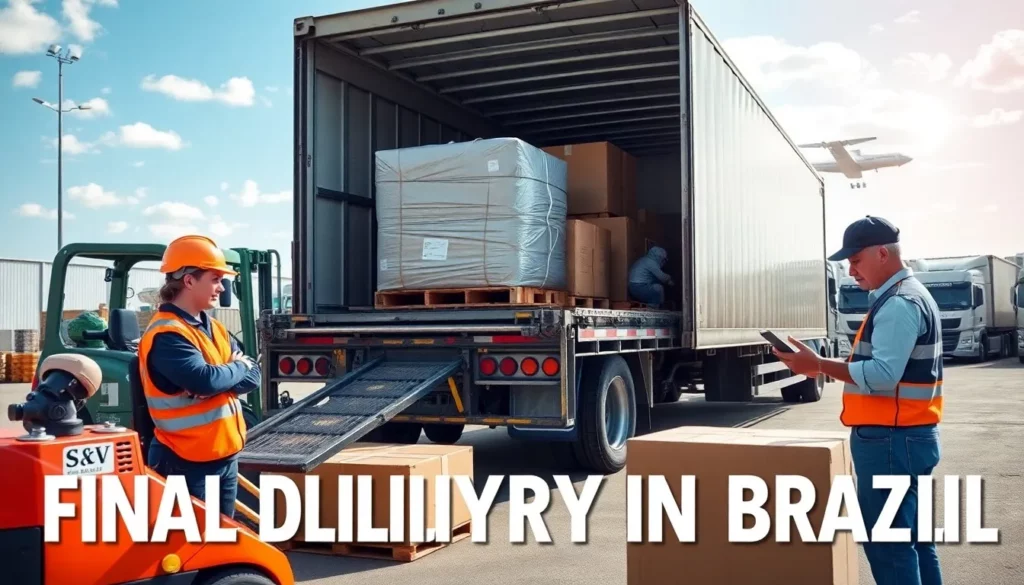
Stage 3: Transit Phase
Understanding B/L or AWB
Review Bills of Lading or Air Waybills for accuracy before departure. Ensure consignee details match RADAR registration.
Real-Time Tracking
Monitor cargo via online platforms and set up milestone alerts. Prepare for customs based on arrival estimates.
Managing Delays
Anticipate delays from weather or congestion.
Best practices: Keep stakeholders informed and maintain flexible schedules.
Stage 4: Customs Clearance in Brazil
Submitting Documents
Register the DI in SISCOMEX upon arrival with complete documentation. Verify RADAR validity and import limits.
Role of Customs Brokers
A “Despachante Aduaneiro” handles complex regulations, ensuring compliance and minimizing delays.
Handling Inspections and Duties
Pay inspection fees ($200–500) and duties promptly. Proper packaging aids smooth examinations.
Stage 5: Final Delivery in Brazil
Last-Mile Logistics
Arrange domestic transport and confirm delivery accessibility. Secure unloading equipment as needed.
Inspecting Cargo
Check for damage or discrepancies upon arrival, documenting issues with photos. Notify insurers immediately for claims.
Finalizing Payments
Settle all charges, obtain proof of delivery, and archive documents for audits. Update inventory systems promptly.
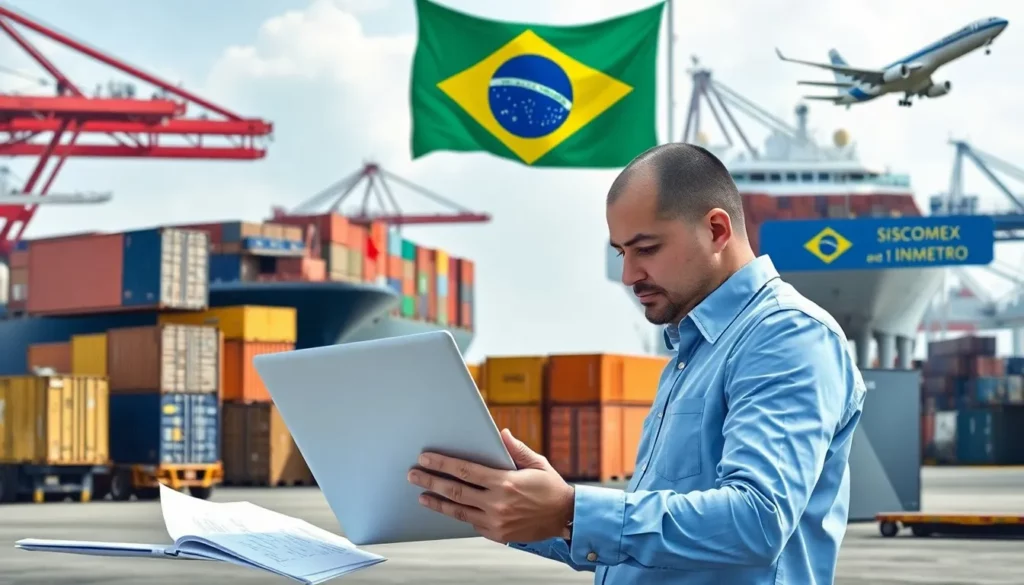
Conclusion:
Master shipping methods, understand Brazil’s tax complexities, and secure proper documentation for success. Sea freight suits large shipments, air freight prioritizes speed, and experienced forwarders simplify the process. A skilled freight forwarder navigates SISCOMEX, INMETRO, and customs, preventing delays and optimizing costs. Their networks and technology ensure reliable delivery.
Your Next Steps
Partner with logistics experts to tailor shipping strategies to your needs, ensuring compliance and efficiency in this dynamic trade lane.
Frequently Asked Questions (FAQs)
1. What causes most shipping delays from China to Brazil?
Incomplete or incorrect documentation is the primary culprit. Ensure invoices, packing lists, and certificates are accurate.
2. How do I get a RADAR license?
Only Brazilian companies can apply through the Federal Revenue Service. Foreign importers need a local subsidiary or partner.
3. What’s the most cost-effective method for a 200kg shipment?
LCL sea freight costs $150–300, compared to $1,280–1,440 for air freight at $6.4/kg.
4. Are freight forwarder quotes all-inclusive?
Most exclude Brazilian duties, taxes, and local delivery. Request total landed cost estimates.
5. How long does customs clearance take in Brazil?
Routine clearance takes 2–5 days, but incomplete documents or inspections can cause delays.
